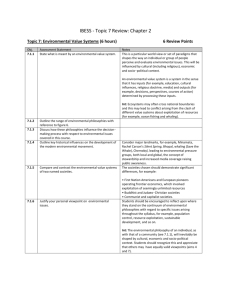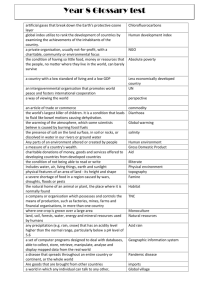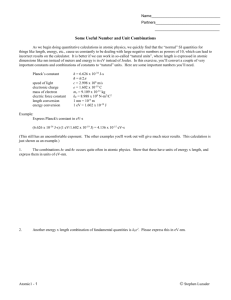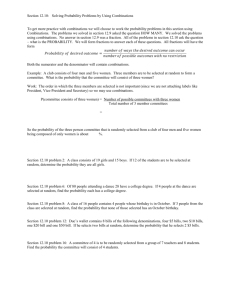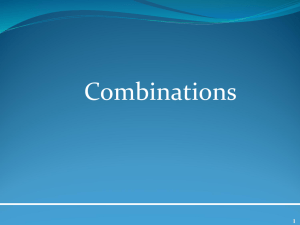melony corporation
advertisement
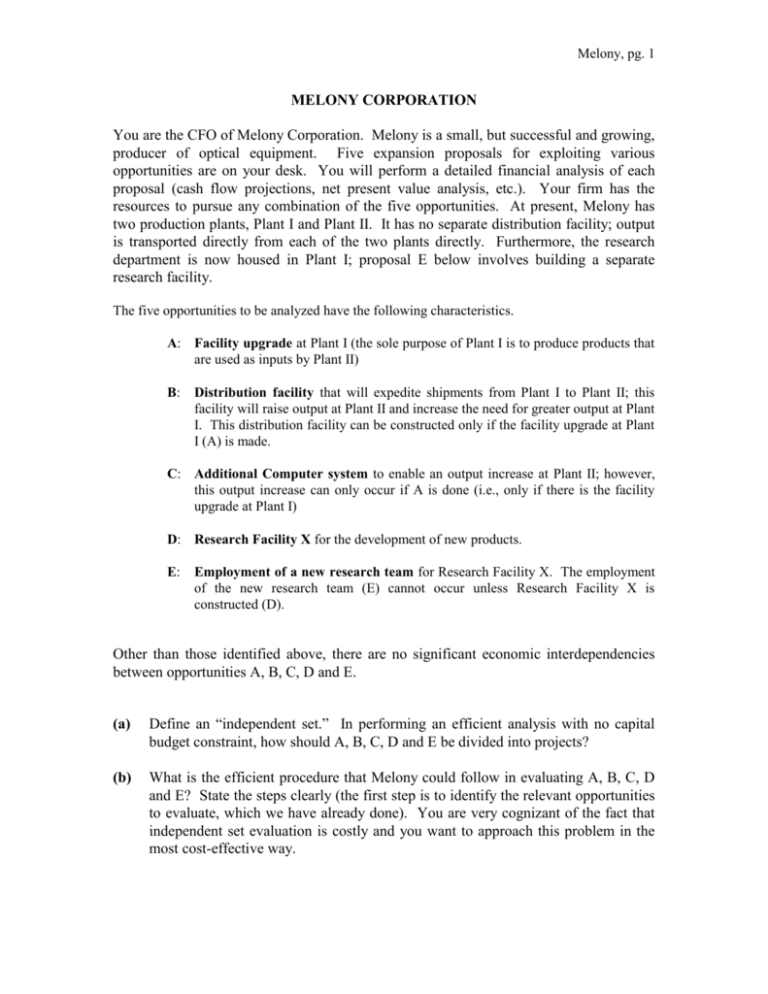
Melony, pg. 1 MELONY CORPORATION You are the CFO of Melony Corporation. Melony is a small, but successful and growing, producer of optical equipment. Five expansion proposals for exploiting various opportunities are on your desk. You will perform a detailed financial analysis of each proposal (cash flow projections, net present value analysis, etc.). Your firm has the resources to pursue any combination of the five opportunities. At present, Melony has two production plants, Plant I and Plant II. It has no separate distribution facility; output is transported directly from each of the two plants directly. Furthermore, the research department is now housed in Plant I; proposal E below involves building a separate research facility. The five opportunities to be analyzed have the following characteristics. A: Facility upgrade at Plant I (the sole purpose of Plant I is to produce products that are used as inputs by Plant II) B: Distribution facility that will expedite shipments from Plant I to Plant II; this facility will raise output at Plant II and increase the need for greater output at Plant I. This distribution facility can be constructed only if the facility upgrade at Plant I (A) is made. C: Additional Computer system to enable an output increase at Plant II; however, this output increase can only occur if A is done (i.e., only if there is the facility upgrade at Plant I) D: Research Facility X for the development of new products. E: Employment of a new research team for Research Facility X. The employment of the new research team (E) cannot occur unless Research Facility X is constructed (D). Other than those identified above, there are no significant economic interdependencies between opportunities A, B, C, D and E. (a) Define an “independent set.” In performing an efficient analysis with no capital budget constraint, how should A, B, C, D and E be divided into projects? (b) What is the efficient procedure that Melony could follow in evaluating A, B, C, D and E? State the steps clearly (the first step is to identify the relevant opportunities to evaluate, which we have already done). You are very cognizant of the fact that independent set evaluation is costly and you want to approach this problem in the most cost-effective way. Melony, pg. 2 Solution (a) An independent set is a set of opportunities that are economically independent of all opportunities not within that set. It follows from the information in the problem that A, B and C are economically interdependent (but economically independent of D and E), and that D and E are economically dependent (but economically independent of A, B and C). Let A, B and C be independent set I and let D and E be independent set II. The interdependency links are shown in the figure below. A B C D E (b) The proper procedure is to: 1. 2. 3 List all opportunities to be analyzed Divide the opportunities into the maximum number of independent sets possible For each independent set, adopt the combination of opportunities (alternative) that has the highest net present value (where one alternative is to adopt none of the opportunities within the independent set) Let’s identify all the potential combinations of opportunities in Projects I and II ignoring the nature of interdependencies among the opportunities; we will then eliminate combinations that are not feasible. Independent set I combinations: A B C A and B A and C B and C A, B and C None (none of A, B or C) Independent set II combinations: D E D and E None (neither D nor E) Melony, pg. 3 Now let’s factor in what we know about the interdependencies. For independent set I, notice that B cannot occur without A; therefore, any alternative in independent set I that involves opportunity B without opportunity A is irrelevant (so delete B alone and delete the combination of B and C). Furthermore, opportunity C produces no benefits without opportunity A, and therefore any alternative in independent set I that involves C without A is irrelevant (this means that C alone and the combination of B and C are irrelevant). Thus, we have pruned away (as not worth considering) some of the independent set I combinations listed above. We conclude that the alternatives within independent set I that are relevant (i.e., that might be adopted) are: A A and B A and C A, B and C None (none of A, B or C) Now lets look at independent set II. The information provided indicates that E cannot be done without D. Therefore, delete from consideration alternative E alone. It follows that the alternatives within independent set II that are relevant (i.e., that might be adopted) are: D D and E None (neither D nor E)


